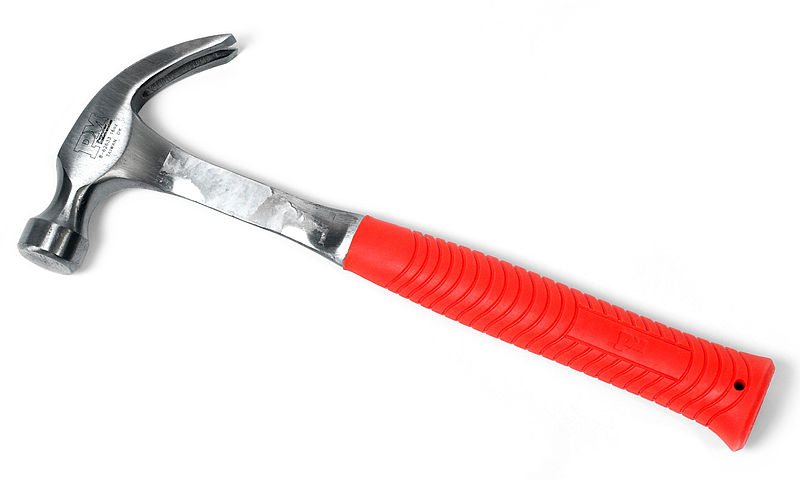Protect your margins while increasing your closing rate
Naturally, we always want to sell value and reduce the times that customers ask you for a price discount, but regardless of your attempts, you will not be able to avoid them. You always have the ability to say no and lose the sale but if you are willing to reduce your margin and still make the sale, you are going to need to enter the dance of price negotiations.
There are certain steps to follow. Before you even start the process, you should assure the prospect that your price is fair. If and when they continue pushing for a discount, follow these steps:
Step One: Ask why they are asking for a discount. This may sound like a strange thing to ask but can be helpful when the prospect is forced to explain. Often they have weak reasons and some will ease off when they can’t come up with anything better than, “I’d like to pay a lower price”. Sometimes, negotiations may even stop right there when the prospect returns with, “Well, I had to ask.”
Step Two: The next step is to offer something in kind rather than discounting your price. Trade of your product or service always costs less than a cash discount. You could say something like, “I’d really like to have your business and if you’d like to get additional value, I can offer you (blank).” What you offer will be specific to your company and industry but try to make it something that has low cost to you and high perceived value to the prospect.
Some ideas may be: additional service, better payment terms, free shipping, future volume discounts etc. Your goal is to maintain your price integrity while giving up something that costs you little.
Step Three: If you must discount further, never give up something without getting something in return. This is a basic rule of negotiation. If you simply discount, you have opened the door for the prospect to keep asking for discounts now and into the future. Using the same concept as barter, you can give a discount in return for something that is high value to you yet low cost to the client. It could be references, quicker payment terms, volume guarantees, exclusive vendor arrangements, introductions to other internal departments, etc.
Step Four: If you truly believe you must give a discount in order to secure the business, do it slowly and with a good amount of resistance. If you quickly concede, the prospect might say to themselves, “That was easy. I’m going to keep going” Do not get caught on the treadmill of discounting whereby the prospect asks for a discount and you give it only to have the prospect ask for more. It’s a deadly downward spiral and can be prevented by the next step.
Step Five: Try not to give a discount without an agreement that if you agree to X discount, the prospect will buy. You could say something like, “I don’t know if I can give a discount of what you’re asking for George but if I can, does that mean that you’re willing to go ahead. The last thing you want to do is to offer a discount that’s only going to be used as leverage to squeeze another vendor’s price who ends up getting the sale.
The best way to handle discount requests is to reduce them! And the best way to reduce them is to work on building perceived value—right from the first contact while prospecting through to doing a proper “Goal Aligned Sales Interview.” If the prospect truly sees that you and your company provide value and advantages over your competitors, they will be less willing to risk NOT doing business with you by pushing for unreasonable discounts.
Remember, dropping your price is the quickest and easiest tactic for a salesperson to help close. It takes little skill but comes at a high cost in terms of margins and commissions. Talented sales professionals—ones who can truly build value—discount far less often than less skilled salespeople. Our recommendation is to focus heavily on improving your selling skills so that you will need to deal with discounting less frequently and protect your margins and commissions now and down the road.
Northbound’s “Handling Objections” workshop walks you and your team through a six step process that will allow you to deal with discount requests and other objections like a pro. For details contact Michael Caron at [email protected] or 416.456.1440.


